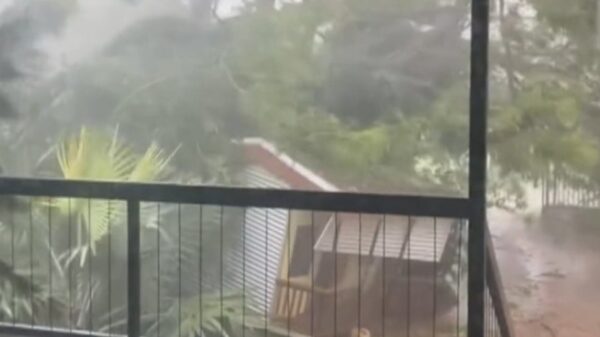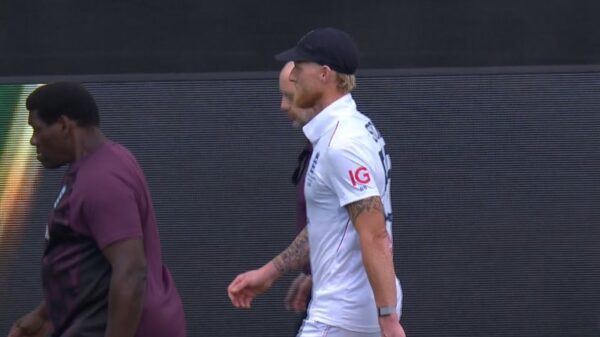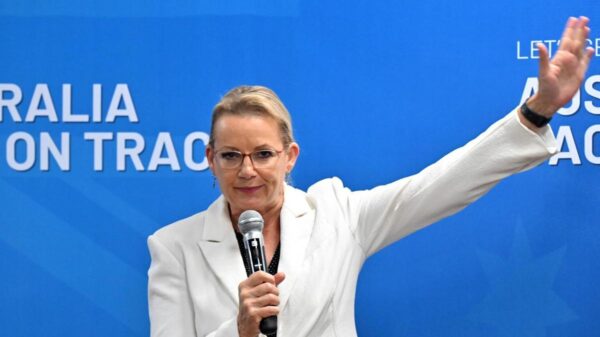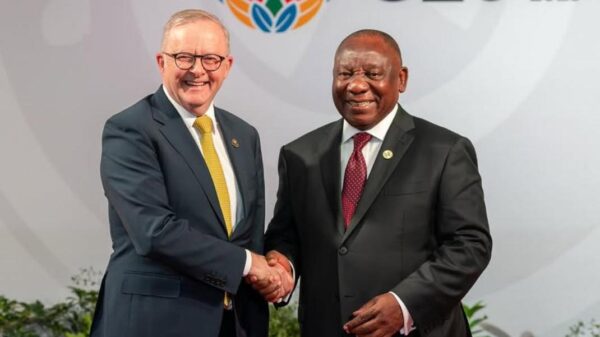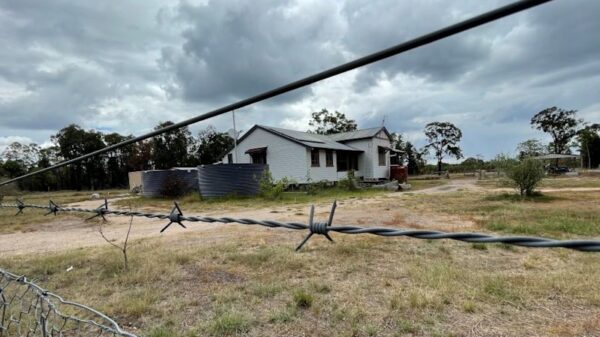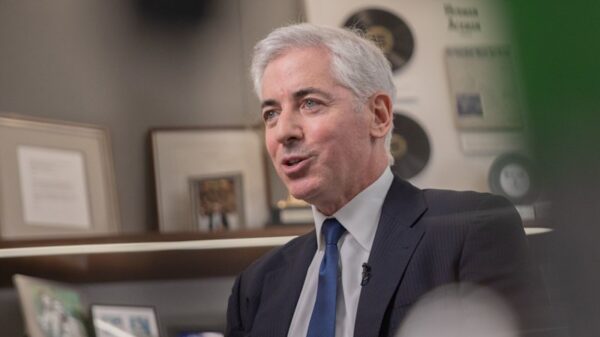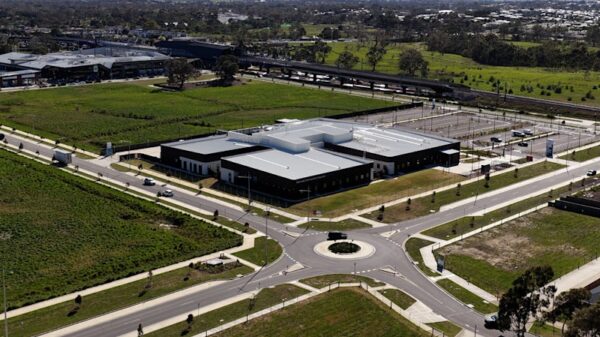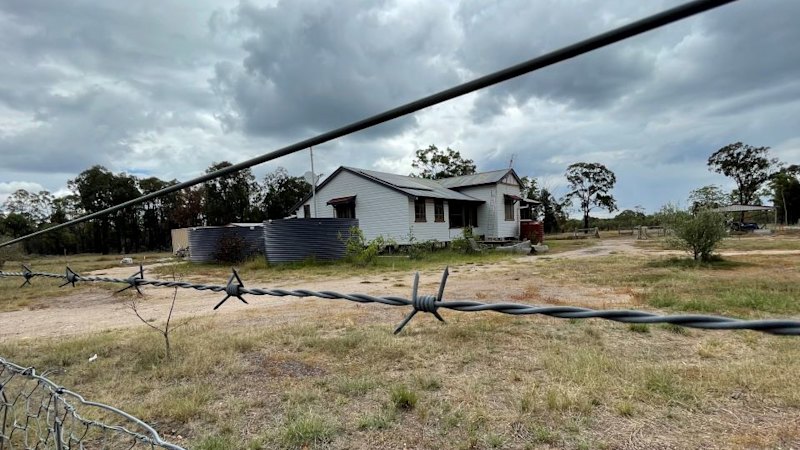A recent coronial inquest into the tragic Wieambilla shootings has revealed critical gaps in police resources, emphasizing the ongoing risks faced by officers in the field. The incident, which occurred on December 12, 2022, resulted in the deaths of six individuals, including two police officers. Following a five-week investigation, Queensland Coroner Terry Ryan released findings that highlight the need for urgent reforms to improve police safety and operational efficiency.
During the inquest, which concluded in 2024, Coroner Ryan addressed nine key issues related to the shootings and proposed ten recommendations aimed at enhancing police capabilities. These findings were delivered to the public on Friday, sparking renewed calls for action from law enforcement officials and union representatives alike.
Acting police union president Andy Williams expressed deep concern regarding the implications of the coroner’s findings. He noted that police officers remain vulnerable due to “digital black spots” that hinder effective communication. Williams stated, “There is certainly a risk to police that they cannot use their radios to call for help, that they cannot use their iPads to read intelligence information out in the field.” This lack of reliable communication can severely compromise officer safety, particularly during high-risk operations.
The coronial recommendations underscore the necessity for improved monitoring of social media platforms to detect violent extremism. Furthermore, the introduction of drones for tactical surveillance is crucial to bolster operational readiness. Williams cautioned that these potential improvements could become mired in bureaucracy unless decisive action is taken.
“The coroner has identified gaps in resourcing,” he added. “The government needs to fund that resourcing, and the police service needs to move quickly with one person to be held accountable for the implementation of these recommendations.” This call for accountability emphasizes the urgency with which these improvements should be pursued.
The Wieambilla shootings have prompted a broader discussion about police safety in a rapidly evolving digital landscape. As authorities assess the coroner’s findings, the focus shifts to ensuring that police are adequately equipped to navigate challenges posed by technological limitations. The recommendations put forth by Coroner Ryan serve as a critical roadmap for enhancing police operations and safeguarding those who serve on the front lines.
As the families of the victims, including Rachel McCrow and Matthew Arnold, continue to seek justice, the implications of this inquest resonate throughout the community. Judy McCrow, representing the families, has been vocal about the need for meaningful change to prevent similar tragedies in the future. The outcomes of this inquest may well set a precedent for how law enforcement agencies address the critical interplay between technology and officer safety.
In conclusion, the Wieambilla shootings have illuminated significant gaps in police resources and communication capabilities. The recommendations from the coronial inquest present a vital opportunity for reform, ensuring that police are better prepared to face the challenges of modern-day policing. As discussions continue, the onus remains on government officials and law enforcement leaders to implement necessary changes swiftly and effectively.



